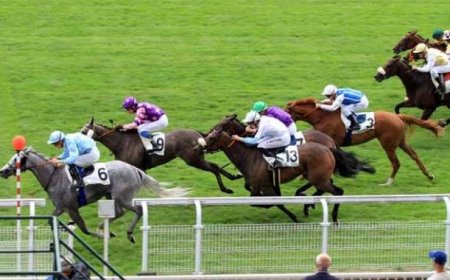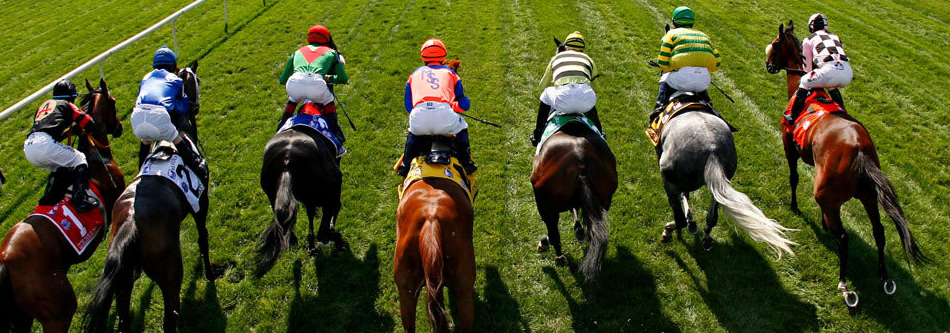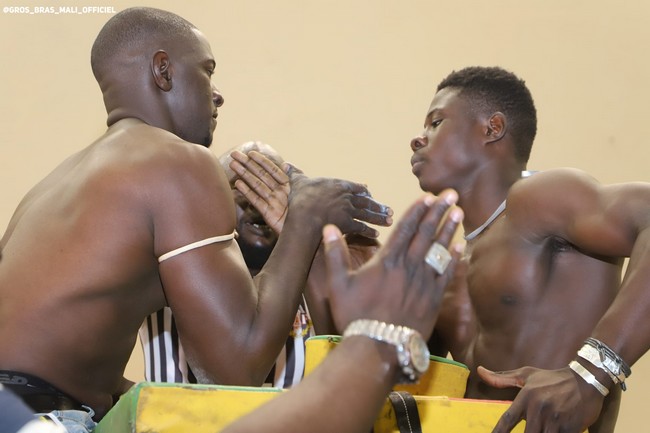1. The attendances weren't enormous on normal practice days. Only half of the arena was accessible to fans, and even that side didn't fill up. Everyone had a good view and it didn't feel awkwardly empty like it would have at First Niagara Center. The only hitch each year will be the scrimmage, but the $20 price tag limited interest.
2. He's heading back to Sweden for the rest of the summer to prepare for training camp.
3. The two were among the few players at camp that have a shot at playing for the Sabres this season. Carrier was never afraid to use his body, while Baptiste used dominant power moves on zone entries and usually was well positioned for scoring opportunities.
4. The 21 year old was clearly the most physically developed player at camp. He played eight games with the Sabres in 2015 '16, but should get a longer look in his second professional season.
5. He has strong hands and is a good skater, but at 160 pounds he clearly needs to put on some weight to make it to the professional level.
6. Sabres prospects did shortdrills, including skating from the boards while attached to a bungee cord and skating with a parachute behind them.
cheap jerseys http://www.cheapnfljerseysfreeshipping.top/ It was very hard to glean anything about the prospects from that day. Since the Sabres don't give fans a heads up, people can leave feeling like they wasted their time watchingto a display of drills instead of going to a practice where there is more open ice skating.
10 teams that lost 100 games in consecutive seasons
Managers: (1961 63) and (1964 65).
In the beginning: This franchise replaced the one that moved to Minnesota in 1961 and re established Washington as first in war, first in peace and last in the .
Along the way: The Senators developed a few good young players like , and , but as with the early Mets, the roster included too many old standbys like , , , , and Minnie Minoso. They picked up in the 1962 first year draft and then traded him a year later to the Orioles.
End game: After the Senators averaged 94 losses a year over 11 seasons, owner moved the franchise in 1972 to Arlington, where it became the .
Managers: Eddie Lopat (1964), (1964 65) and (1965).
In the beginning: 's primary goal at this point was finding a place to move the team. Owners turned down his plans in 1964 to move the A's to Louisville, Ky., or to Oakland, and he signed a four year lease in February 1964 to stay in Kansas City.
Along the way: While veterans like , , and, no kidding, Satchel Paige (for one game, at least) played out the string, Bert Campaneris and John "" Odom arrived in 1964 and Jim "Catfish" Hunter in 1965, which coincided with the first year of the MLB amateur draft.
End game: Finley finally got permission to move the team to Oakland in 1968, and the A's blossomed under manager into three time World Series champions in 1972 74 amid a string of five consecutive playoff appearances.
Managers: (1972), Whitey Herzog and (1973). and actually dropped in the win column upon arriving in Arlington.
Along the way: 1972 was the first full year in the bigs for two players and who became fan favorites. 1973 was notable primarily for the debut of 18 year old .
End game: Thanks in part to an MVP year by and the machinations of Martin, the Rangers went from 57 wins in 1973 to 84 in 1974 but would not win a division crown until 1996.
Managers: Don Zimmer (1973) and (1974).
In the beginning: The expansion Padres averaged 101 losses in their first four seasons and were poised, alas, to stay on pace under Zimmer, a veteran of the 1962 Mets and the 1963 64 Senators.
Along the way: and Randy Jones were rookies in 1973, joined a year later, the Padres' first season under McDonald's kingpin , by veterans and Bobby Tolan.
End game: Winfield went on to the Hall of Fame, and Jones twice was a 20 game winner, but the Padres didn't top .500 for the first time in franchise history until 1978 before advancing to the 1984 World Series.
In the beginning: The expansion Blue Jays topped 100 losses in each of their first three seasons with a lineup that ranged from the likes of veteran Ron Fairly to youthful catcher . They traded in December 1978 for , who shared the 1979 AL Rookie of the Year award.
End game: Pitchers and went on to become among the more successful veterans who broke in as youngsters with the young Blue Jays, and Griffin returned at the end of his career to play on two World Series champions. Toronto had its first winning seasons in 1983 84 and won the AL East in 1985.
Managers: (2001) and (2001 02).
In the beginning: The expansion Devil Rays averaged 95 losses in their first three seasons under Rothschild, who was replaced 14 games into the 2001 season.
Along the way: was traded in January as part of a three team deal, and was released in May and signed five days later with the .
End game: Of the most frequent 2001 starters, only and remained in the majors five years later. The Rays lost at least 90 games for their first 10 seasons, then zoomed from 66 96 in 2007 to 97 65 and the AL East title in 2008.
Managers: and (2002) and (2003).
In the beginning: Including their final two years under the legendary , the Tigers entered the 2002 season with eight consecutive losing seasons, including a 109 loss season in 1996.
Along the way: After firing Garner in 2002 after an 0 6 start, the Tigers never topped .500 and lost 10 of their last 11 to end the season. In 2003, they lost 17 of their first 18 and lost 11 in a row in August, appearing on track to top the Mets' 1962 record of 120 losses before winning five of their last six.
End game: The Tigers added and after the 2003 season and improved by 29 games in 2004. Two years later, under manager , they made it to the World Series with a team that included and , who combined for 40 losses in 2003, and nine other players from the '03 squad.
Managers: (2004 05) and (2005 06).
At the beginning: The Royals had losing records for eight consecutive seasons before improving to 83 79 under Pena in 2003.
Along the way: After a 7 15 start in 2004, Pena guaranteed the Royals would win the AL Central. They lost five of their next six and, after a midseason trade that sent to the Astros, ended the year by losing eight of their last nine. Pena was replaced after an 8 25 start in 2005 by Bell, whose team endured a 19 game losing streak in July and August.
 Like
0
Like
0
 Je kiff pas
0
Je kiff pas
0
 Je kiff
0
Je kiff
0
 Drôle
0
Drôle
0
 Hmmm
0
Hmmm
0
 Triste
0
Triste
0
 Ouah
0
Ouah
0




















































